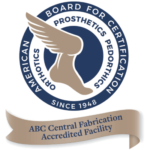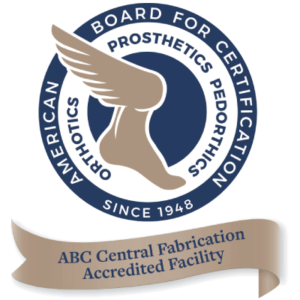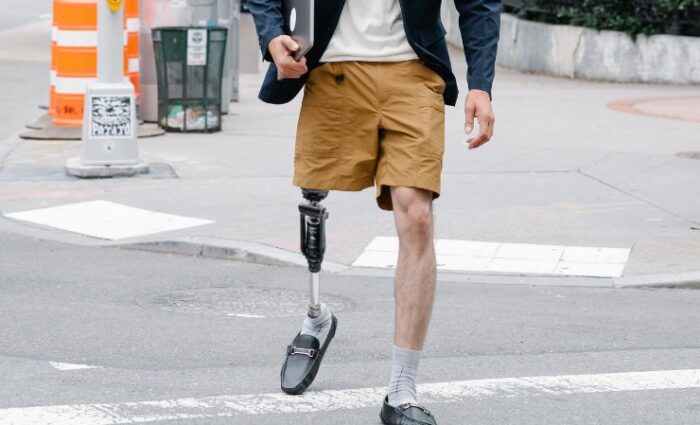How Mobility Prosthetics Transform Rehabilitation and Daily Living
Mobility is foundational to independence, self-esteem, and participation in daily life. For individuals with limb loss or mobility impairments, high-quality prosthetics are not just tools—they are gateways to reclaiming autonomy. Mobility prosthetics, designed with precision engineering and patient-centric innovation, bridge the gap between physical limitations and active living. By integrating advanced prosthetic components and technology, practitioners empower users to move confidently, safely, and efficiently.
The Science Behind Mobility Prosthetics
High-quality prosthetics prioritize biomechanical alignment, durability, and responsiveness. Unlike basic models, mobility-focused devices are engineered to replicate natural movement patterns, reducing physical strain on the body. Key prosthetic components like dynamic response feet, microprocessor-controlled knees, and adaptive ankles adjust to varied terrains and activity levels, enabling users to walk, climb stairs, or run with stability.
For example, athletes rely on carbon-fiber running blades that store and release energy with each stride, while everyday users benefit from lightweight silicone sockets that distribute pressure evenly across the residual limb. These innovations minimize fatigue, enhance stability, and reduce the risk of falls or joint overuse—critical factors for long-term mobility success.
Personalized Design for Optimal Function
The journey to improved mobility begins with a tailored approach. Prosthetists assess each patient’s residual limb anatomy, lifestyle goals, and functional needs to design devices that align with their unique physiology. Advanced tools like gait analysis and pressure mapping ensure prosthetic alignment supports natural movement, preventing compensatory habits that could lead to back pain or muscle imbalances.
Materials matter, too. High-grade silicone liners protect against skin irritation, while breathable fabrics and modular designs allow adjustments as a patient’s needs evolve. Whether a user prioritizes walking long distances, returning to work, or playing with grandchildren, mobility prosthetics adapt to their daily activities without compromising comfort.
Enhancing Patient Satisfaction Through Technology
Modern prosthetic technology has revolutionized what’s possible for users. Microprocessor-controlled joints, for instance, automatically adjust to changes in walking speed or incline, offering real-time stability. Similarly, myoelectric prosthetics use sensors to detect muscle signals, enabling intuitive control of prosthetic hands or arms. These advancements not only improve mobility but also foster patient satisfaction by restoring capabilities once deemed lost.
Users often report renewed confidence when their prosthetic device feels like a natural extension of their body. This psychological boost, paired with physical benefits, encourages consistent use and engagement in social or recreational activities—key contributors to mental well-being.
Long-Term Benefits: Durability and Adaptability
Investing in high-quality mobility prosthetics pays dividends over time. Premium materials and craftsmanship ensure durability, reducing the need for frequent replacements. Moreover, modular systems allow prosthetists to upgrade components (e.g., switching from a walking foot to a hiking blade) without replacing the entire device. This adaptability supports users through life’s changes, whether gaining strength, aging, or pursuing new hobbies.
Long-term use of well-designed prosthetics also mitigates secondary health risks. By promoting proper posture and alignment, these devices prevent chronic pain, joint degeneration, and skin breakdown, safeguarding users’ overall quality of life.
Collaboration Drives Success
Achieving optimal mobility outcomes requires collaboration between patients, prosthetists, and medical professionals. Physical therapists help users build strength and adapt to their prosthetic device, while engineers refine prosthetic technology based on real-world feedback. Regular follow-ups ensure the device remains comfortable and functional, fostering trust and long-term adherence.
Contact Grace Prosthetic Fabrication Today
At Grace Prosthetic Fabrication, we’re committed to helping individuals rediscover freedom through cutting-edge mobility prosthetics. Our team blends advanced prosthetic technology with compassionate care to deliver solutions that enhance stability, reduce physical strain, and align with your aspirations.
Connect with our custom prosthetic fabrication specialists today.






